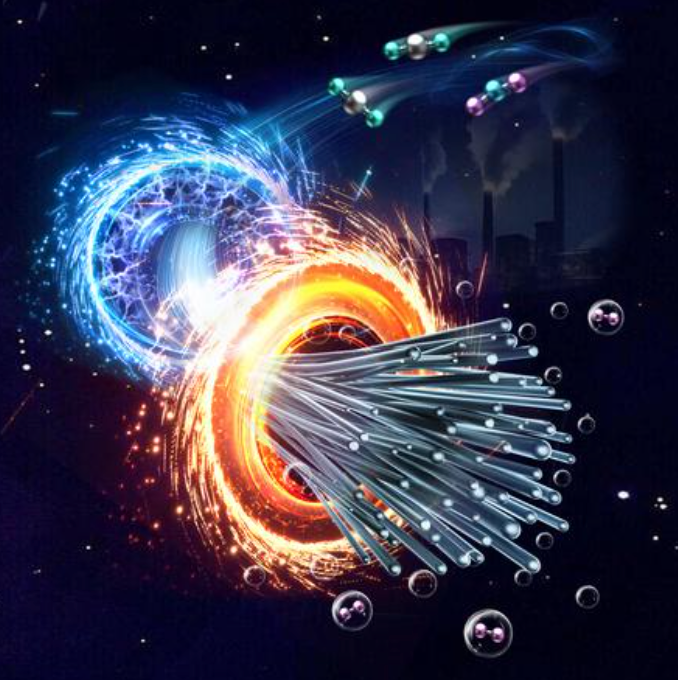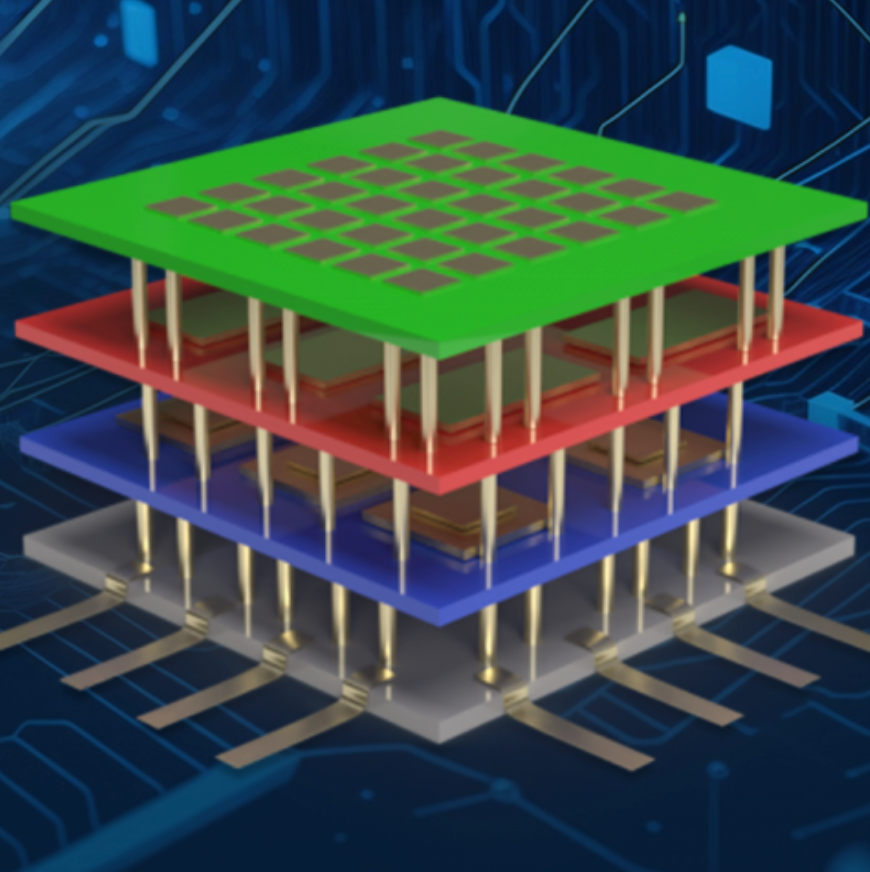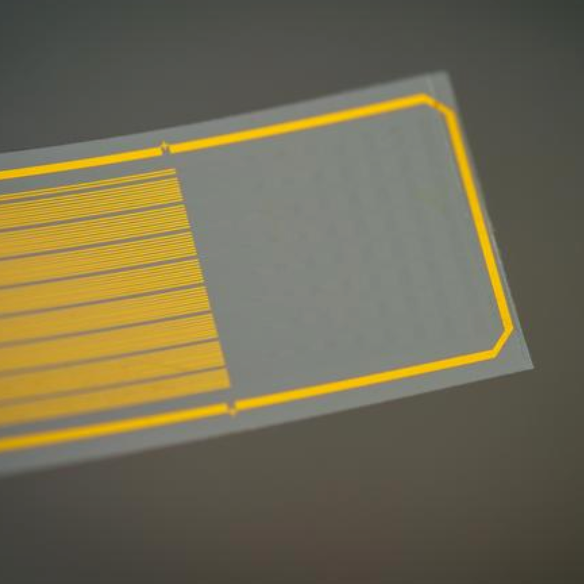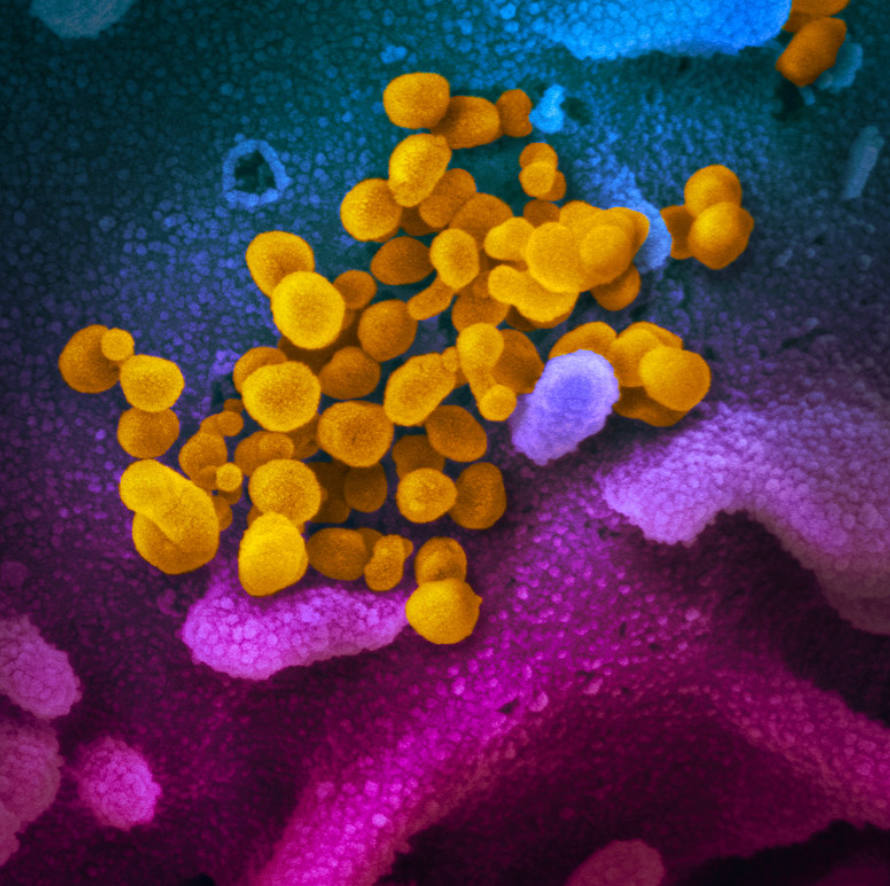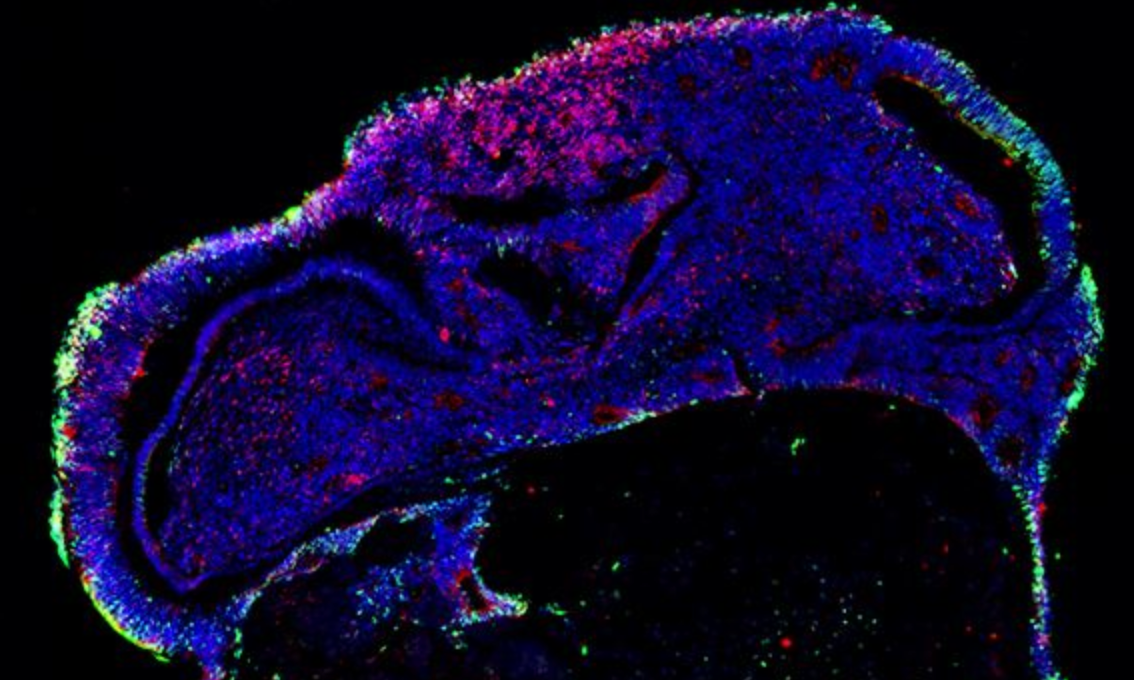Researchers from the University of Cambridge have developed a platform that combines automated experiments with AI to predict how chemicals will react with one another, and could accelerate the design process for new drugs.
Predicting how molecules forr the discovery and manufacture of new pharmaceuticals has been a trial-and-error expensive and process, and the reactions often fail.
Reactome
Now the researchers have developed a data-driven “reactome” approach, inspired by genomics, where automated experiments are combined with machine learning to understand chemical reactivity, greatly speeding up the process.
Their results, reported in the journal Nature Chemistry, are the product of a collaboration between Cambridge and Pfizer.
“The reactome could change the way we think about organic chemistry,” said Dr Emma King-Smith from Cambridge’s Cavendish Laboratory, the paper’s first author. The reactome approach picks out relevant correlations between reactants, reagents, and performance of the reaction from the data, and points out gaps in the data itself. The data is generated from very fast, or high throughput, automated experiments.
Machine learning for faster drug design
In a related paper, published in Nature Communications, the team developed a machine learning approach that enables chemists to introduce precise transformations to pre-specified regions of a molecule, enabling faster drug design.
The approach allows chemists to tweak complex molecules—like a last-minute design change—without having to make them from scratch.
Citation: King-Smith, E., Berritt, S., Bernier, L. et al. Probing the chemical ‘reactome’ with high-throughput experimentation data. Nat. Chem. (2024). https://doi.org/10.1038/s41557-023-01393-w
Citation: King-Smith, E., Faber, F.A., Reilly, U. et al. Predictive Minisci late stage functionalization with transfer learning. Nat Commun 15, 426 (2024). 10.1038/s41467-023-42145-1 (open-access)
Let us know your thoughts! Sign up for a Mindplex account now, join our Telegram, or follow us on Twitter.


.png)

.png)


.png)

